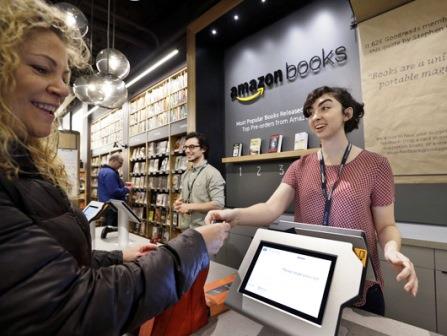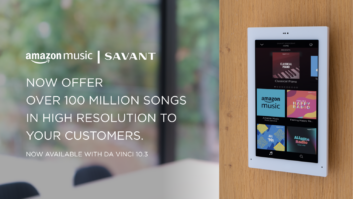
Many moons ago Simon & Garfunkel (I’ll explain later kids) released a ditty called “Keep the Customer Satisfied.”
It would make for an appropriate theme song at Amazon headquarters if it isn’t already, as the e-tailer once again topped the American Customer Satisfaction Index (ACSI) rankings for the retail sector, and pretty much all other business segments.
To recap, the ACSI index, developed at the University of Michigan, is based on annual surveys of 70,000 consumers covering more than 300 companies in 43 industries and 10 economic sectors.
Retailers are evaluated on the basis of convenience, frequency of sales, selection, in-stocks, courtesy, checkout speed, and store layout. All industries are rated on a scale of 0-100.
Here’s a top-down look at the results:
As a sector, retail fell for the second year in a row, albeit to its long-term average of about 74.6, which is just behind hotels and just ahead of municipal utilities. (Interestingly, TVs and video players, and full-service restaurants top the rankings by industry segment, with scores of 82 percent each.)
ASCI believes that retail’s 2.6 percent decline in customer satisfaction in 2015 reflects a lessening urgency among merchants who pulled out all the stops during the depths of the recession to retain customers and market share.
Internet merchants ranked highest within retail with a score of 80 even though the sector slipped 2.4 percent. The channel scored high across the board, with ease of checkout and payment topping the list of consumer likes (see chart, below).

As indicated, Amazon led the online brigade, and pretty much all other businesses, with a score of 83, even after dropping 3 percent year over year. This, ASCI said, “helps explain why it accounted for 43 percent of all online sales in November and December.”
Newegg trailed with a score of 79, down 2 percent, followed by Netflix at 76, a 6 percent decline, and eBay at 75, down 5 percent.

Specialty retailers ranked second among merchants with a score of 77, down 2.5 percent. The sector was led by Costco with a score of 81, a close second behind Amazon. Fellow wholesale clubs BJ’s and Sam’s faltered, falling 6 and 5 percent, respectively, to tie at 76, while a steep 9 percent decline at Lowe’s lowered it from 81 to 74, the closest it has been to Home Depot (73) since 2011.
Among CE chains, Best Buy dropped 4 percent to 74, and Staples fell 5 percent to 75. GameStop was one of the few companies to actually increase its satisfaction score, up 1 percent to 78.

Consumers said they liked specialty stores most for their in-stock positions; convenient store locations and hours; helpful and courteous staff; brand-name selection; layout and cleanliness of the stores; merchandise selection; and website satisfaction. (See chart, below.)
The department and discount store channel ranked fourth, behind gas stations, down 3.9 percent to 74, its lowest level since 2008. Customers gave this sector its highest marks for convenience of locations and store hours (84) but found speed of checkout wanting (70).

Among CE and/or appliance merchants, Fred Meyer ranked highest at 79, followed by Meijer at 76; Target at 75, down 6 percent; and Sears at 71.

Walmart was rock bottom with a satisfaction score of 66, down 3 percent year over year, putting it on par with subscription TV services and the U.S. Postal Service.














